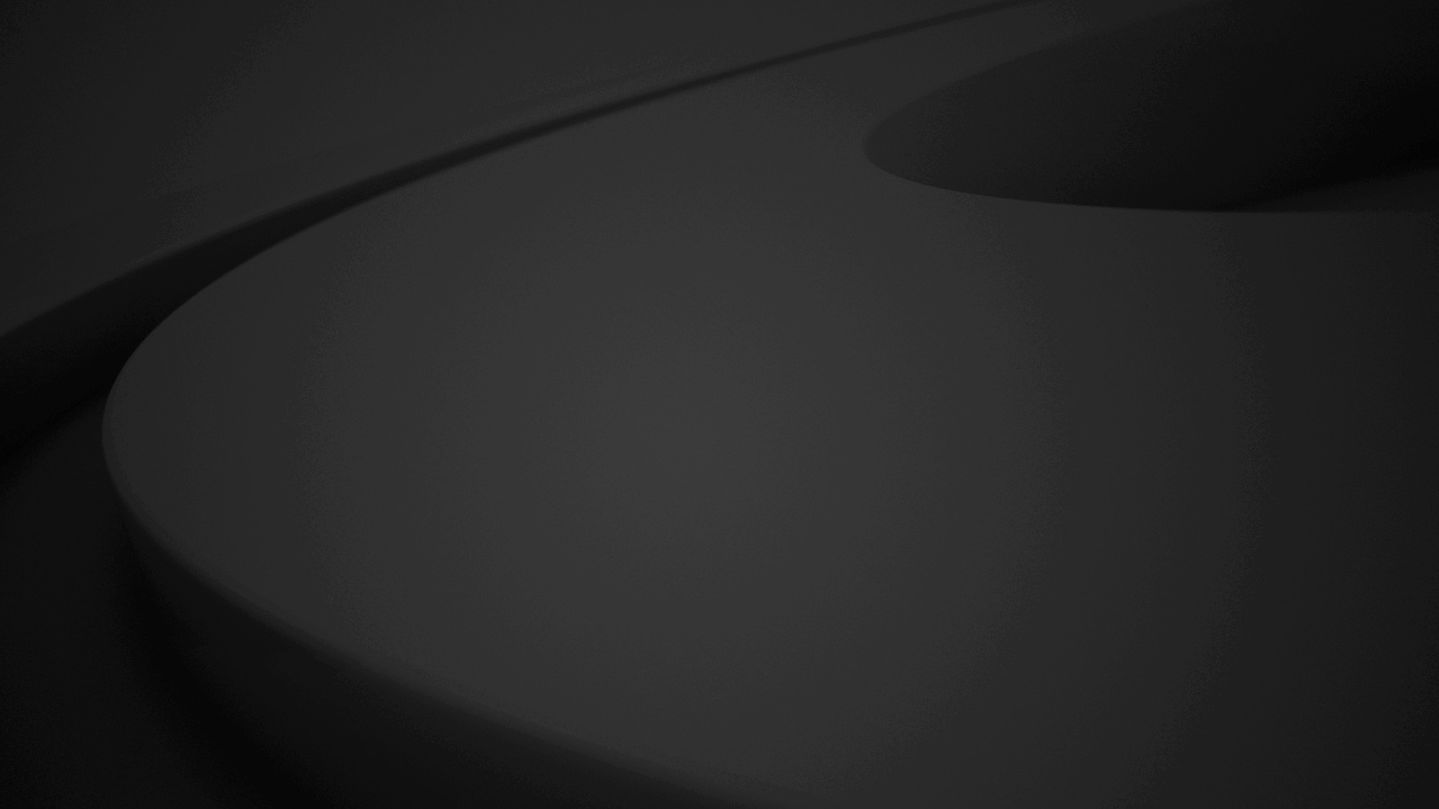Story highlights
Magnum photographer Alex Majoli was in Paris during Friday night's terror attacks
The next day he walked the Parisian streets taking photographs of the aftermath
On Friday, a series of terrorist attacks in Paris left the city in a state of blue, red and white: stricken with sadness, buried in blood and praying for peace. Magnum photographer Alex Majoli was having dinner with a friend that night at Chez Omar, just two blocks away from the Bataclan music venue where men with AK-47 assault rifles opened fire.
Neither Majoli nor his friend had their cameras with them at that time. But the next day, camera in hand, Majoli walked the Parisian streets taking photographs of the aftermath.
He says he had two impressions. The first: that Paris was deserted. The second, however, he says is much more difficult to describe.

“In the evening, people were going (to the sites of the attacks), bringing flowers, but taking a lot of selfies,” Majoli said. “I don’t know how to explain that. I don’t want to say (people had) superficial interest but … it’s not like pure (emotion).”
He says a reason for such a change in the atmosphere may have to do with how people have become used to scenes of death, whether physically in their home cities or virtually from across the world. He also thinks social media has changed the dynamics of community and the way people respond to terrible events.
Photographing the aftermath was of particular interest to Majoli. It allowed him to organically react to what was taking place and observe others all around him – both inside and outside Paris.
“I try to be a human being before a photographer,” he said. “I want to be a human being with a camera. … I’m a man, I’m a human being, I have kids, I get vulnerable.”
Majoli’s images capture a wide spectrum of moods and reveal the struggles that have permeated the nation’s people as they try to pay their respects to all the lives lost and affected while simultaneously attempting to continue on with their daily lives.
Join the conversation
In photo No. 3 above, a woman reads a publication with bolded and capitalized letters spelling out l’horreur, while people all around her fork pieces of food from their plates.
“The picture is (taken) in a bar that is literally 100 meters from one of the places (that was attacked),” Majoli said. “Actually, it was a surprise that it was open – the bar. People were standing outside, having their brunch or whatever, and literally 100 meters (about 330 feet) away, eight hours before, 18 people (were) being killed.”
The image of Majoli’s Blackberry highlights the diverse range of responses pouring out from people and media all over the world.
“I was having a coffee and my friend told me about this Italian title,” Majoli said, referring to the Italian right-wing newspaper headline – Bastardi Islamici – shown in photo No. 8. “It’s a really shocking title for me. It’s a hatred title. … It’s the beginning of hatred that is in Europe. We don’t want to talk about crusade, these kind of big words, but this is the beginning of that.”
Majoli says the most important photo he took in the aftermath is of two people embracing and crying in front of Le Carillon, the bar where gunmen drove by and opened fire with Kalashnikov-type assault rifles.
“Many times when I come to Paris … that is the bar where usually I have my last drink before I go to bed,” Majoli said about photo No. 1. “So for me it means a lot – the bar, the last drink. … It’s a real picture. You can see strong emotion there.”
The Italian photographer has covered numerous conflicts and humanitarian issues, from the fall of the Taliban regime in Afghanistan in 2001 to the refugee crisis in Greece just last month. He says those experiences are quite different from what he recently went through in Paris.
“When I go to hostile environments like conflict … you have soldiers against soldiers or it’s pretty much a declared war,” Majoli said. “(In Paris), you have a surprise, it’s never really like a front line to work with. It’s random. It’s like water – you don’t know where it comes from or where it goes.”
“It’s like a cancer I would say. It spread. You don’t know where to hide, you don’t know what will happen at any time. While you are in Afghanistan, you know that the more you cross the front line, the more you get in danger.”
Majoli says he tries to capture the theatrical side of life, using light in a way that “creates this idea of fiction, of theater.” His photographs from the aftermath of the Paris attacks are a raw black-and-white documentation of a nightmare – a nightmare we cannot wake up from and that has tragically manifested itself onto our stage, into our reality.
“I’m worried,” the photographer said. “I’m just worried.”
Alex Majoli is an Italian photographer represented by Magnum Photos. He lives in New York.











